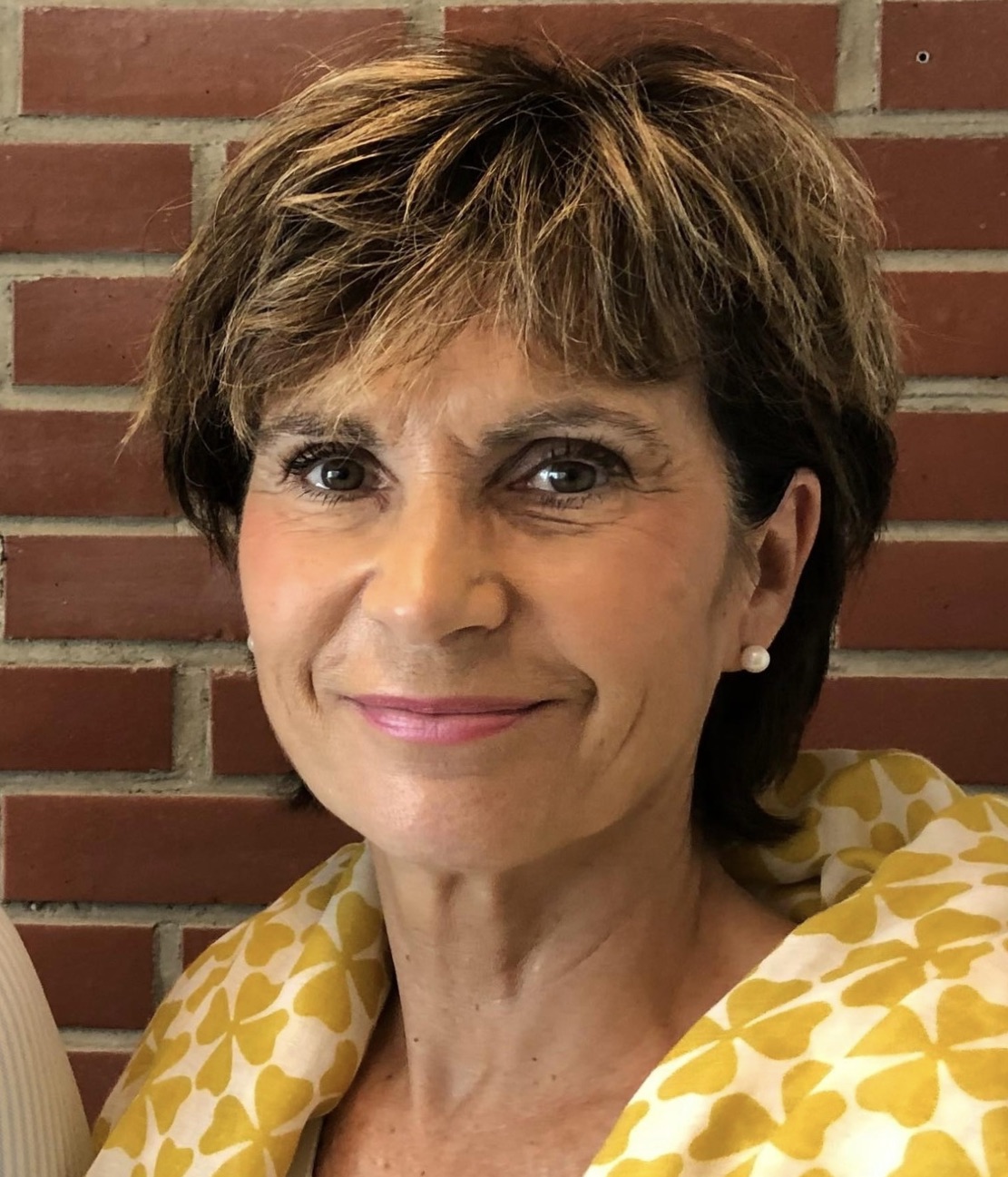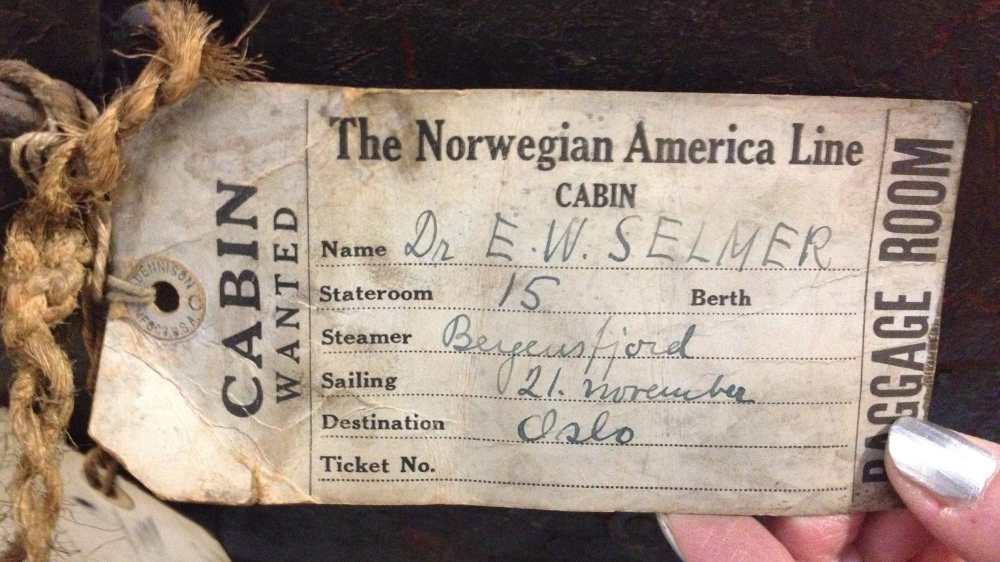The lecture is open to everyone and will be held in English. Please note that the event will be photographed.
It is also possible to follow the lecture via Zoom. Please click here to join the Zoom webinar.
About the lecture
Heritage languages (No: ‘arvespråk’) are languages that children learn naturalistically as their first language in a situation where this language is not the majority language of the larger society.
Bi- and multilingualism is nothing new in Norway (and elsewhere), but in recent years it has become increasingly common for children to grow up with a heritage language in the home and the majority language in school and most other contexts.
Heritage languages are often different from the homeland variety of the same language, and heritage speakers are typically characterised as ‘unbalanced bilinguals’. Studying such populations may thus provide a better understanding of fundamental issues of multilingualism, language acquisition and attrition. For this reason, the study of heritage languages has become an important field of research over the last two decades.
Long before the term heritage language was coined, Einar Haugen did extensive studies on what we now refer to as a heritage language population, the Norwegian immigrants to North America in the 19th and early 20th century. His 1953 book ‘The Norwegian Language in America: A Study in Bilingual Behavior’ is a pioneering work, which is still relevant to researchers working on heritage languages in general, and ‘Amerikanorsk’ in particular.
In this year’s Einar Haugen Lecture, I will first provide an overview of some central issues in the study of heritage languages, focusing on the extensive variation across speakers as well as the factors contributing to this variation. I will then turn to ‘Amerikanorsk’ and discuss both similarities with and differences from non-heritage Norwegian.
About the speaker

Marit Westergaard is Professor of English Linguistics at UiT The Arctic University of Norway and the Director of the ‘AcqVA Aurora Center – Acquisition, Variation & Attrition: The Dynamic Nature of Languages in the Mind’. She also holds a 20% Adjunct Professorship at NTNU Norwegian University of Science and Technology.
Westergaard has been the leader of several large-scale projects, such as ‘Center for Advanced Study in Theoretical Linguistics (CASTL)’, a Centre of Excellence funded by the Research Council of Norway, and ‘MultiGender’, funded by the Centre for Advanced Study (CAS) at the Norwegian Academy of Science and Letters.
Her expertise spans various types of language acquisition (L1/L2/L3) and multilingualism, as well as historical language change, and she has developed two influential theoretical models on L1 and L3/Ln acquisition, the Micro-Cue Model and the Linguistic Proximity Model.
Her work has been published widely in high-impact journals, and she recently won the Michael Sharwood Smith Award for best article in ‘Second Language Research’.
Westergaard has also done considerable research on heritage languages, mainly heritage Russian in various countries, and heritage Norwegian in North America (‘Amerikanorsk’).
The Einar Haugen Lecture
On September 26, the European Day of Languages, MultiLing honors Einar Haugen with the annual Einar Haugen Lecture. This year's lecture will be held on September 26. Haugen was a Norwegian-American linguist and a Professor at Harvard University in the 1960-70s.
Haugen’s many influential works contributed to the then emerging field of sociolinguistics for which he is credited for having had an important impact, particularly in the domain of language policy. His pioneering work ‘The Norwegian Language in America: A Study in Bilingual Behavior’ (1953) is a landmark study in the field of bilingualism.
